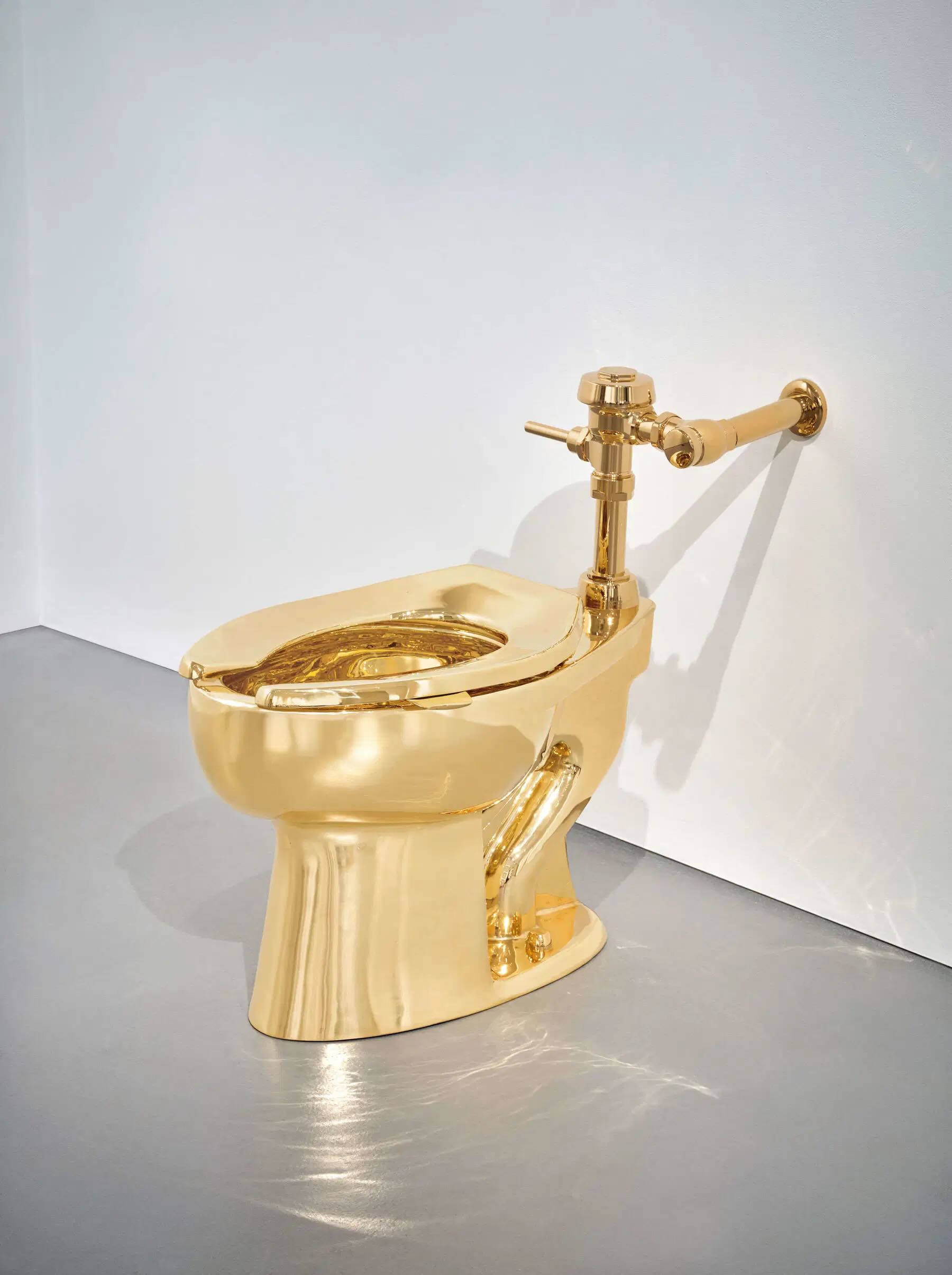At home we want to create an environment that is a place to pause (especially mentally) and to reset. It might seem like a paradox, but when we are in a well-designed environment, coming home is a bit like being on vacation. We had a look at architectural projects from the past to discover which elements tend to bring this domestic well-being.
We know the difference between being on holiday and being at home, but we also think that furniture and design can contribute to the creation of an environment that is cozy and stimulating at the same time.
The metaphor of the home as an island represents well this concept and finds ample space in the history of architecture and design. Some of the most important Italian designers of the 20h century have frequently asked themselves what elements of the coast should be exalted and which ones should be transferred to urban projects.
Let's take a look at some of the stages of this research: in the 1940s a heated debate on the architectural development of coastal areas followed the increase in tourism towards the islands of the Italian peninsula, and involved entrepreneurs and architects. An example of what was happening is the 1939 unfinished project for the tourist development of the island of Elba, conceived by the BBPR studio and sponsored by Adriano Olivetti. In this case, the elements to be exalted were those offered by the territory: establishment of residential areas in the zones that morphologically were more suitable for hospitality, and of perimeter roads and bicycle paths in areas harder to reach.
At the end of the 1950s, Umberto Riva began working on Casa Di Palma in Stintino, one of the first vacation homes on the peninsula of Sardinia. The project, developed in collaboration with Fredi Drugman, preceded Marco Zanuso's Casa Arzale (1962-63) between Palau and Arzachena, and Cini Boeri's Casa Bunker (1962-64) and Casa Rotonda (1966-67) on La Maddalena island. What all these buildings have in common is the desire to facilitate the encounter between the natural environment and the modern house, a concept that remains extremely valid even today and that will remain one of the cornerstones of the architecture of the last century.
We would all like to find the wild and welcoming landscape of the islands, or of any other evocative place, within the walls of our homes, but few of us live next of the sea. Still we can create our own island through an interior design that enhances the airy spaces and natural furnishings, two elements that refer to the island territory.
Just have a look at the urban projects of the architects mentioned above, houses and institutional buildings in Milan and beyond that live on an unchanged success. Their secret: the ability to give the breadth and balance of natural forms to their environments and furnish them with expertly finished details that are not minimal, but have the feeling of been polished by the sea.






.png)





